On a low hill in Hiep Thanh ward, Thu Dau Mot city, Binh Duong province, there is a large-scale ancient tomb area. Because historical documents no longer exist, today local people do not know whose grave site it was or when it was established. What remains shows that the tomb is an elaborate feudal-style architectural complex. Some sources say that this forgotten grave belongs to Mr. Tran Van Lan (the richest man in ancient Thu Dau Mot province, now Binh Duong province)

On a low hill at KP 5, Hiep Thanh ward, city. Thu Dau Mot, Binh Duong has an ancient tomb covered with ancient trees. Local people do not know whose grave belongs to it or when it was built because the gate to the grave does not have a name. Even the local government only knows that there is an ancient abandoned grave site in the ward.
From the outside looking in, the grave site makes people feel scared because of the gloomy scene. However, once inside, we see a masterpiece left behind by ancient architecture. With unique architecture and ruins left over from hundreds of years, this ancient tomb makes everyone curious.
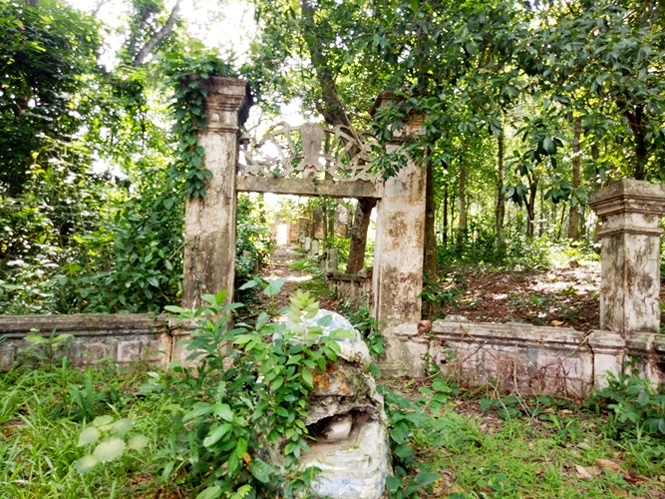
The entrance to the ancient tomb is placed with a very strange stone statue
Historical documents about the grave site are not recorded, but according to the research of a reporter from Tien Phong newspaper, this abandoned grave site belongs to Mr. Tran Van Lan, one of the richest people in the ancient capital. Mr. Tran Van Lan was a person who lived his life as a wood trader. He used to have many sawmills located along the Saigon River as well as in the mountainous areas upstream of this river on the border with Cambodia. Not only is he a famous businessman, Mr. Tran Van Lan’s children are also very successful.
Among them, Mr. Tran Van Ho (son of Mr. Lan) must be mentioned, who was a governor, a rather large official position at that time. Mr. Tran Van Ho’s house is considered one of a kind in Binh Duong. The house was built by more than 300 workers in the ancient capital of Hue for more than 3 consecutive years. Built in the year of the Tiger (1890), this “unique” house is located at 18 Bach Dang Street, Phu Cuong Ward, City. Thu Dau Mot, Binh Duong is recognized as a national historical and cultural relic.
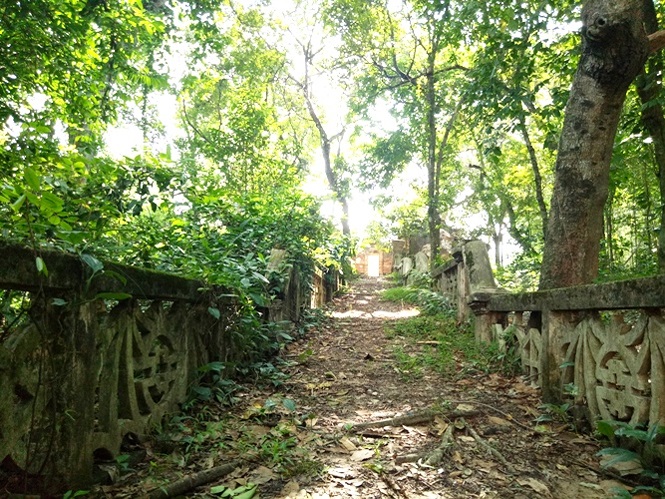
The path to the tomb is uniquely designed with ancient patterns
Other children include Tran Van Te, Tran Cong Vi, doctor and doctor Tran Van Trai. In particular, his third son, Tran Cong Vang – a famous dentist, made the family famous by spending money to build dozens of Tran family mansions scattered in many places in this land. The ancient villa of Mr. Tran Cong Vang is also a national historical and cultural relic of Binh Duong province recognized in 1993.
People said that sometimes they see someone claiming to be the grandson of the owner of the tomb from abroad visiting the tomb. Currently, Mr. Tran Van Lan’s ancient tomb is fenced and there is no more room for people to visit.
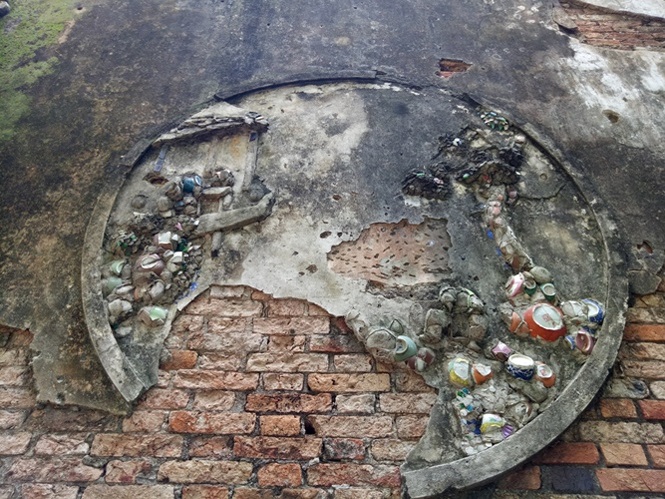
The precious porcelain mosaic relief on the church’s side was damaged over time
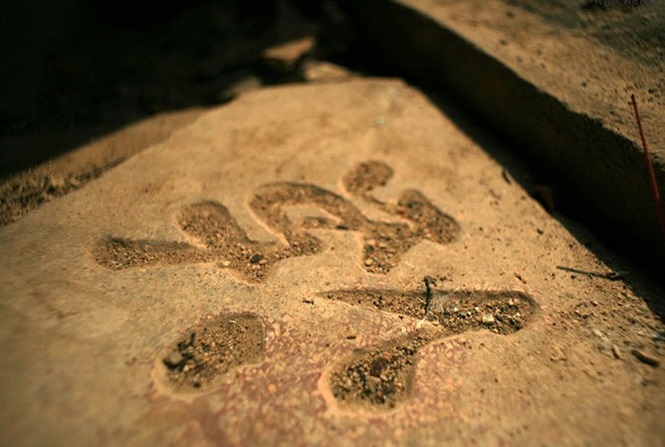
The ancient brick is engraved with Chinese characters
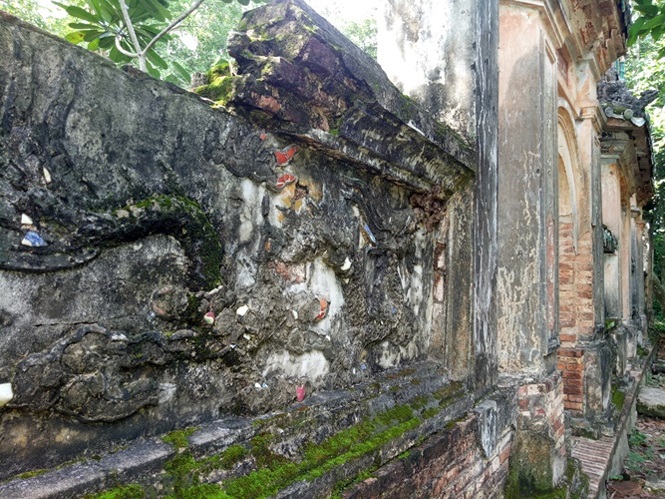
Unique patterns are engraved on the side of the grave
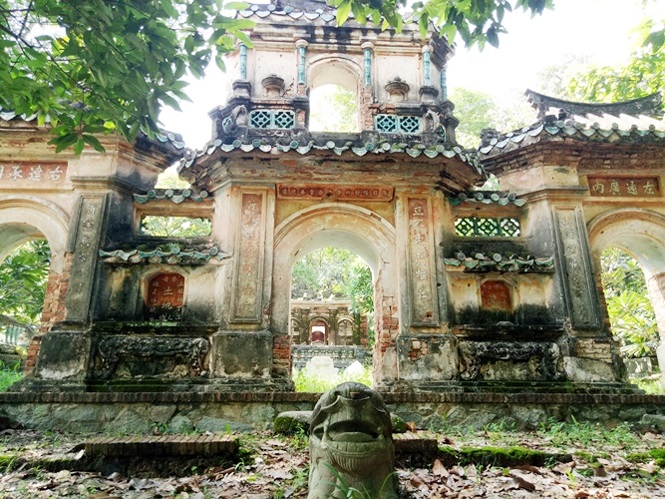
The stone statue is placed in front of the three gates
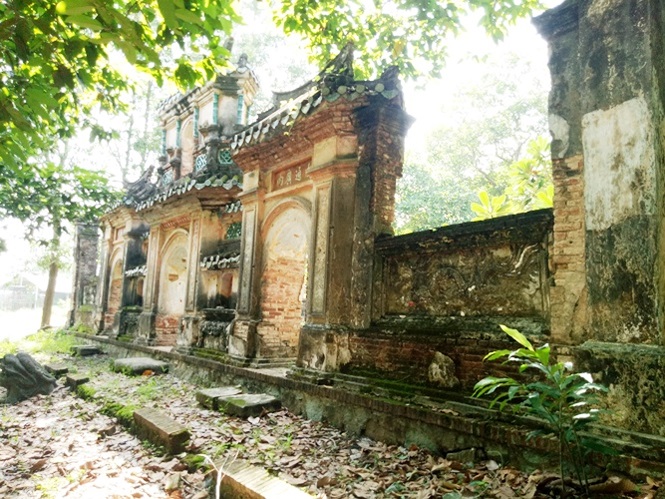
The grave site degrades over time
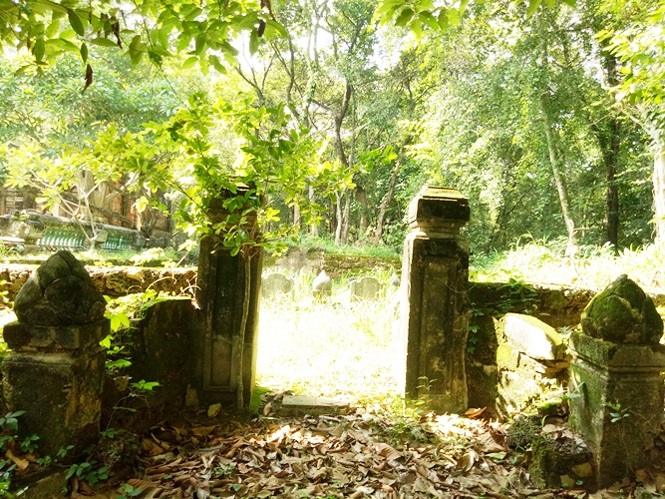
Next to the three-entrance gate is a grave dedicated to Mr. Tran Van Lan’s descendants
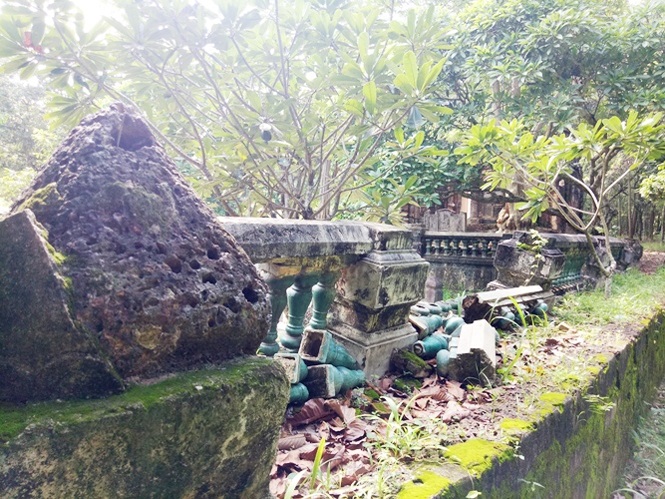
Due to not being renovated, some parts of the tissue area were damaged
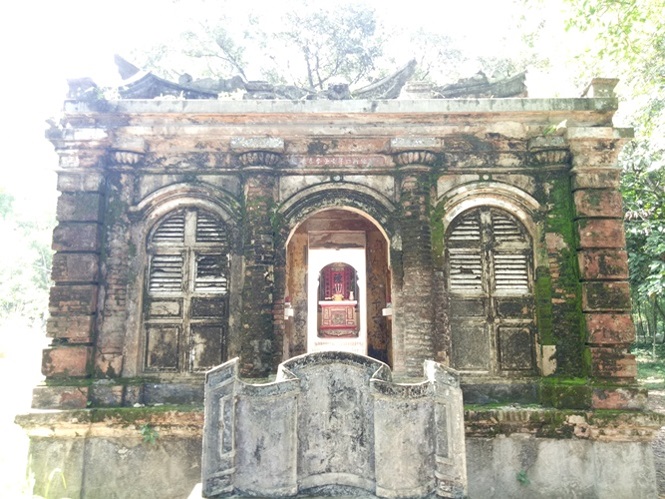
Front view of the church
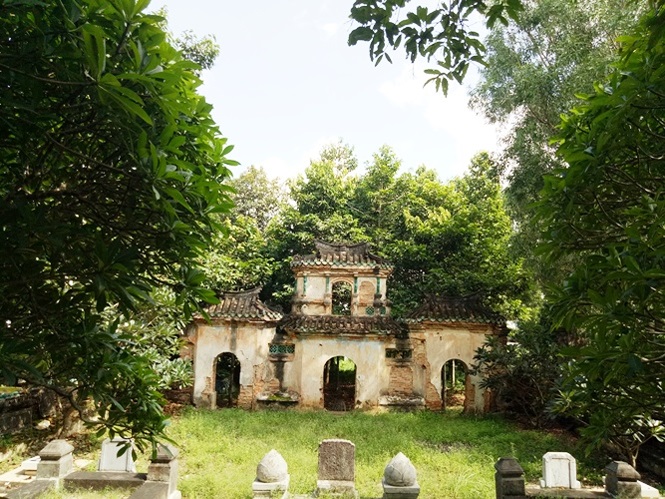
Three gates and gate viewed from inside
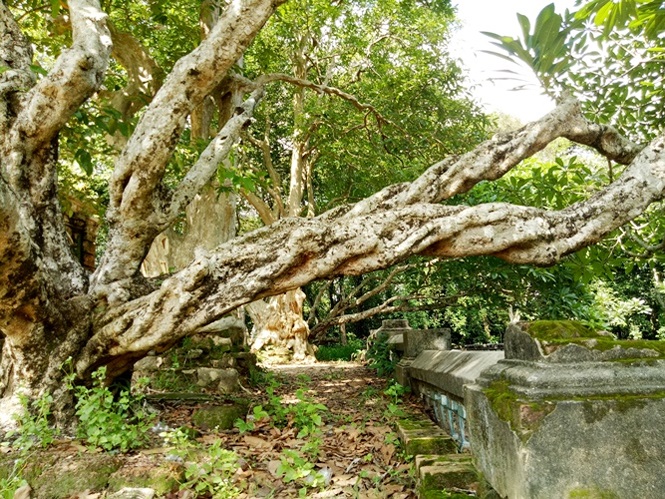
The grave site is covered with rows of ancient trees





